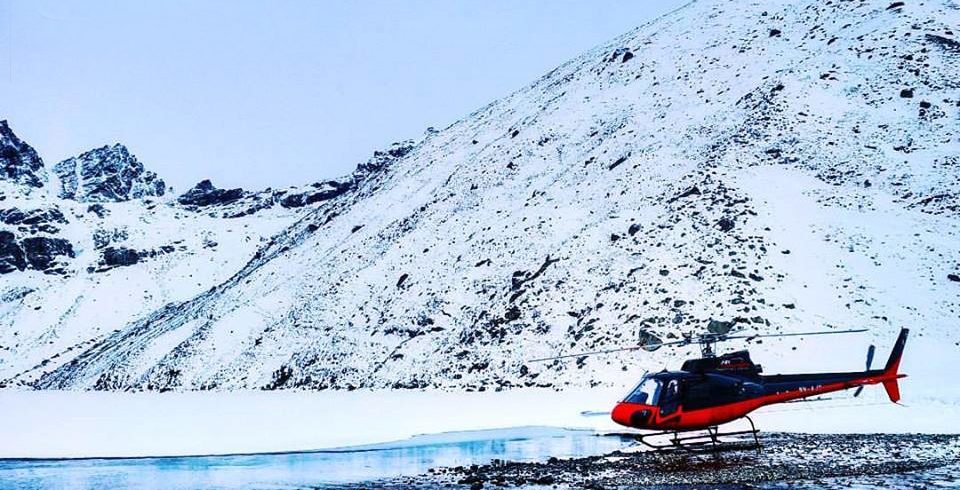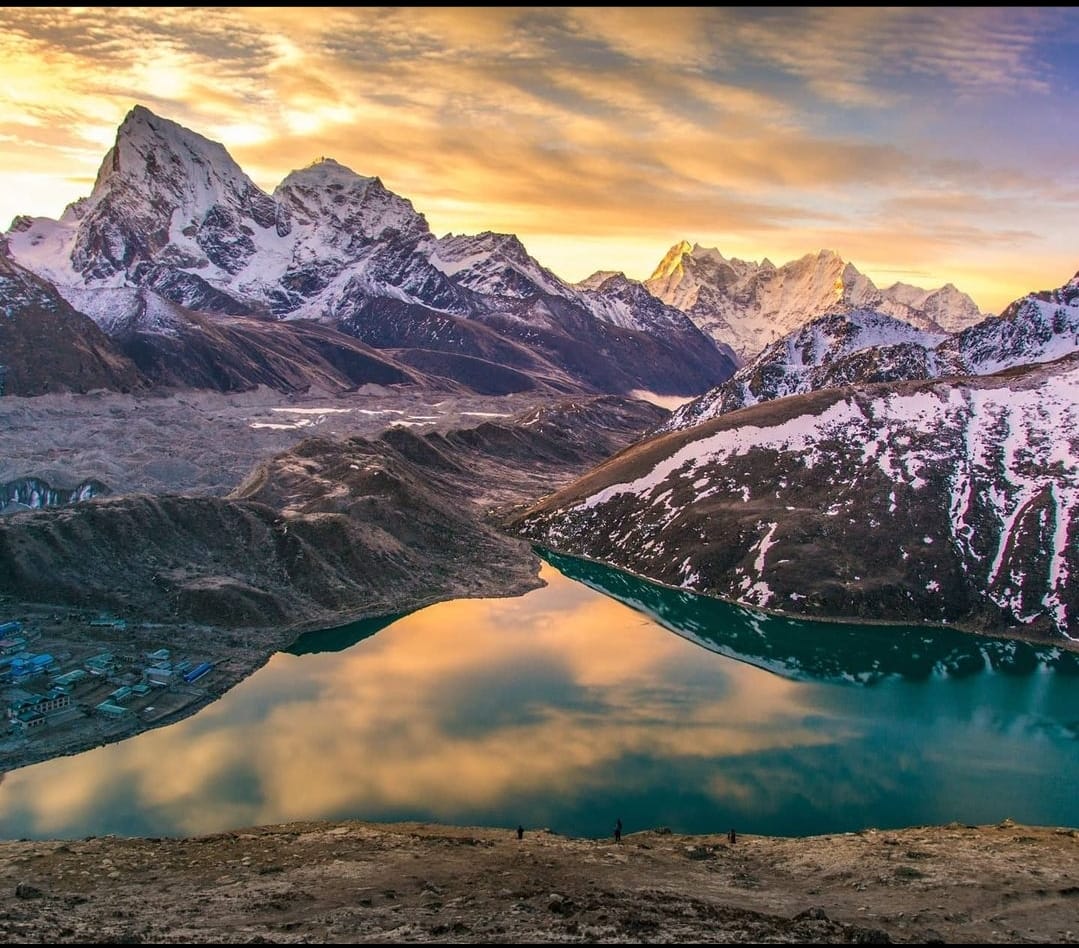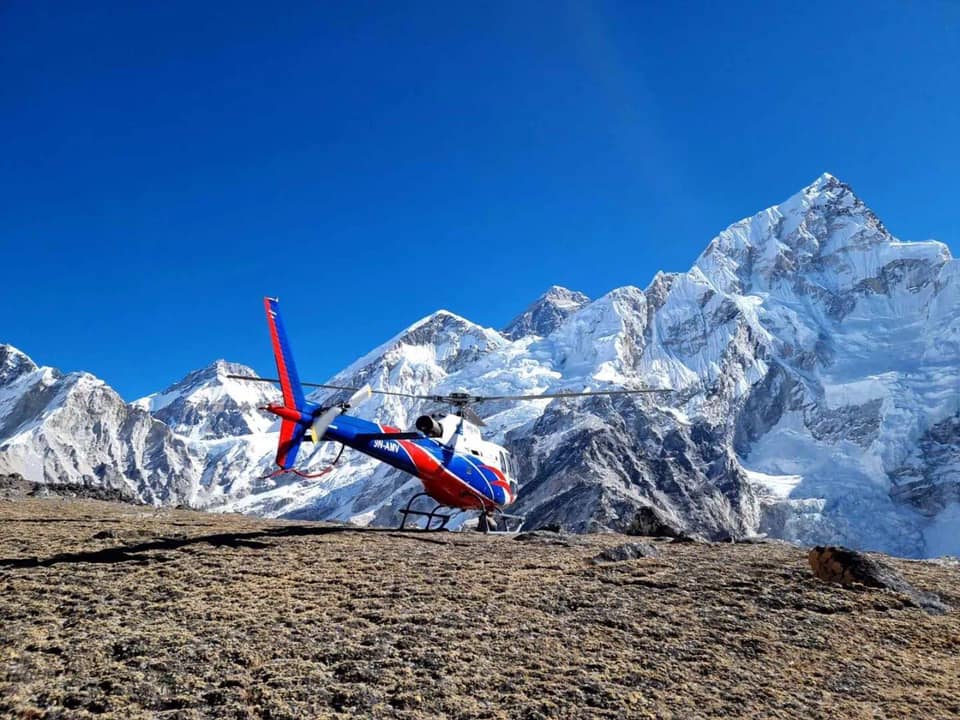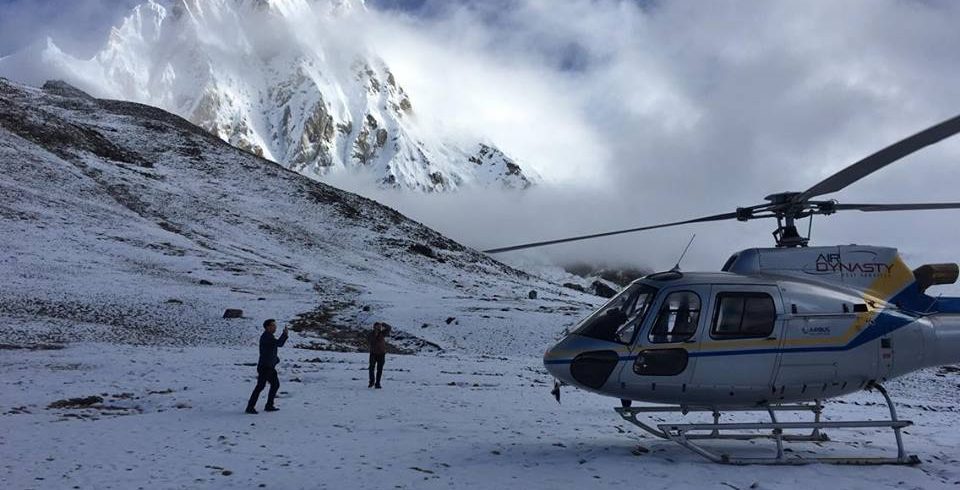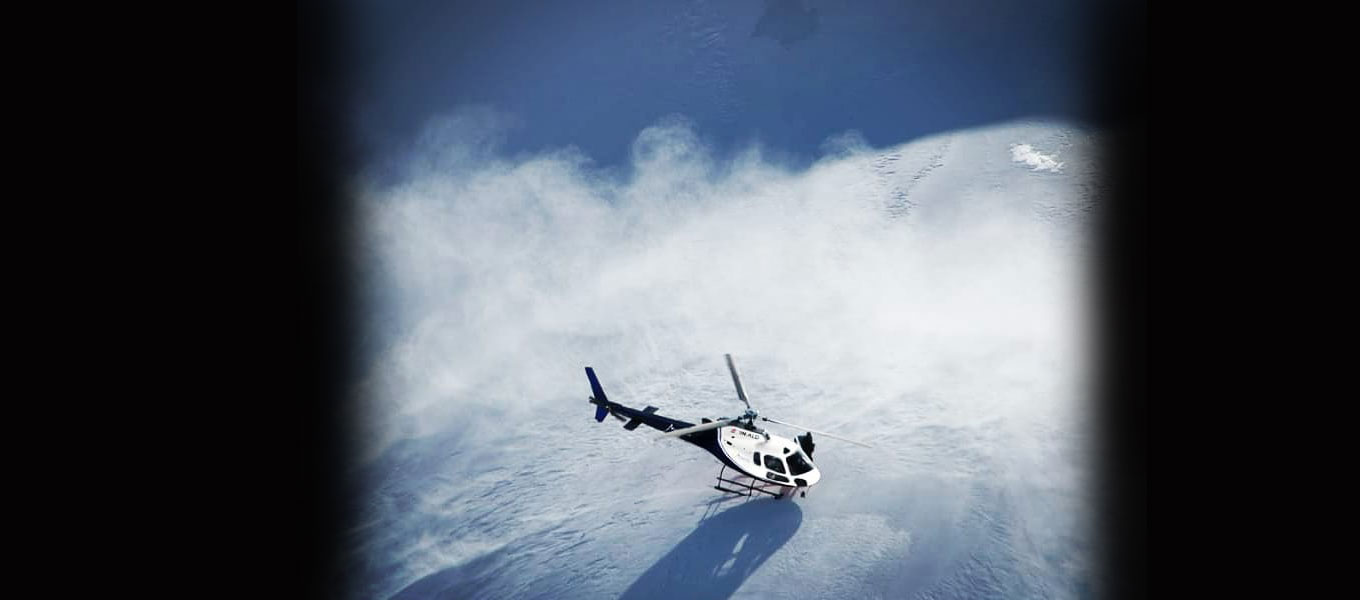1st May 2025
High Altitude Sickness During Everest Helicopter Tour: What You Must Know
An Everest helicopter tour offers breathtaking views of the Himalayas — but the sudden ascent to high altitudes can trigger altitude sickness. Understanding the risks, symptoms, and prevention strategies is essential for a safe and enjoyable experience.
Why Altitude Sickness Happens on Helicopter Tours
Unlike trekking, a helicopter tour rapidly elevates you to high altitudes — often over 5,000 meters — without giving your body time to adjust. This quick change can lead to acute mountain sickness (AMS), even in otherwise healthy travelers.
Key Factors Increasing Your Risk:
-
Rapid ascent (no time to acclimatize)
-
Pre-existing health conditions
-
Dehydration or fatigue
-
Previous experience with altitude issues
Symptoms of High Altitude Sickness
Symptoms may appear within hours of arrival at high altitudes:
-
Headache
-
Nausea or vomiting
-
Dizziness
-
Fatigue
-
Shortness of breath
-
Sleep disturbances
In rare cases, AMS can progress to life-threatening conditions like HAPE (High Altitude Pulmonary Edema) or HACE (High Altitude Cerebral Edema).
How to Prepare for Your Everest Helicopter Tour
1. Do Your Research
Before booking, understand the route, altitude gain, and what to expect. Many Everest heli tours land at Kala Patthar (5,545m) or Everest Base Camp (5,364m) — both high-risk altitudes for AMS.
2. Choose a Reputable Operator
Select tour companies with:
-
Experienced pilots trained for high altitudes
-
Oxygen cylinders on board
-
Clear safety protocols
3. Consult a Doctor
Get a health check-up and discuss:
-
Risks of AMS
-
Medications like Diamox (acetazolamide)
-
Any personal medical history concerns
4. Pack Smart
Bring:
-
Layered clothing (temperatures vary greatly)
-
Sunglasses and sunscreen
-
Rehydration salts
-
Snacks and water
-
Any prescribed AMS medication
5. Hydrate and Eat Well
Start hydrating a day before your tour. Avoid alcohol and caffeine, and eat a balanced meal before takeoff.
During the Tour: What to Watch For
Signs to Report Immediately:
-
Persistent headache
-
Shortness of breath at rest
-
Confusion or trouble walking
Stay Proactive:
-
Use supplemental oxygen if provided
-
Limit time on ground at high altitudes (5–10 minutes is standard)
-
Stay calm and avoid sudden movements
After the Tour: Monitor Your Health
Altitude symptoms may linger post-tour. Rest, hydrate, and seek medical advice if symptoms persist or worsen.
Final Safety Checklist
✔ Research landing altitudes
✔ Choose a certified helicopter operator
✔ Consult with your doctor
✔ Stay hydrated and avoid alcohol
✔ Know the symptoms of AMS
✔ Carry AMS medication
✔ Limit ground time above 5,000m
✔ Use oxygen if needed
Local Insights & Quick Tips
-
Most Everest heli tours depart from Kathmandu or Lukla.
-
Weather can change rapidly — flexibility in scheduling is a must.
-
Tour operators often include a breakfast stop at Everest View Hotel (3,880m), which is a safer altitude for acclimatization.
-
The best months are March to May and September to November.
Recent From Blogs
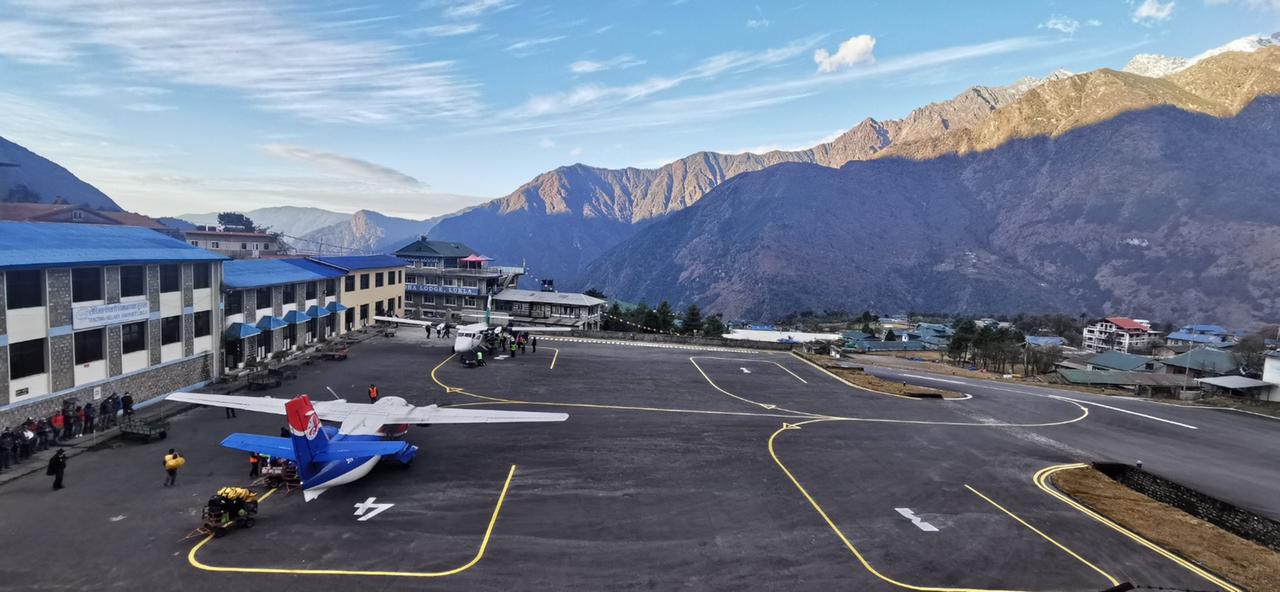
21st March 2025
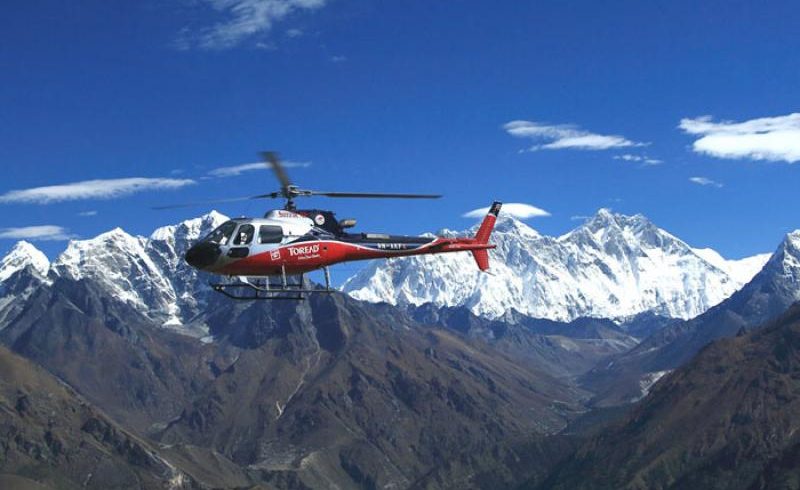
29th April 2025

30th April 2025
1st May 2025
